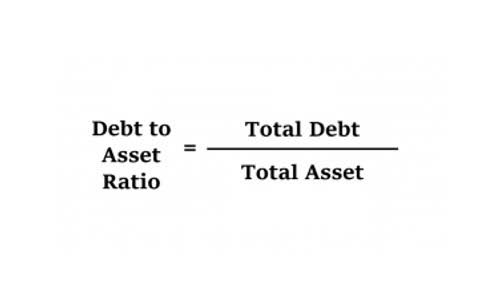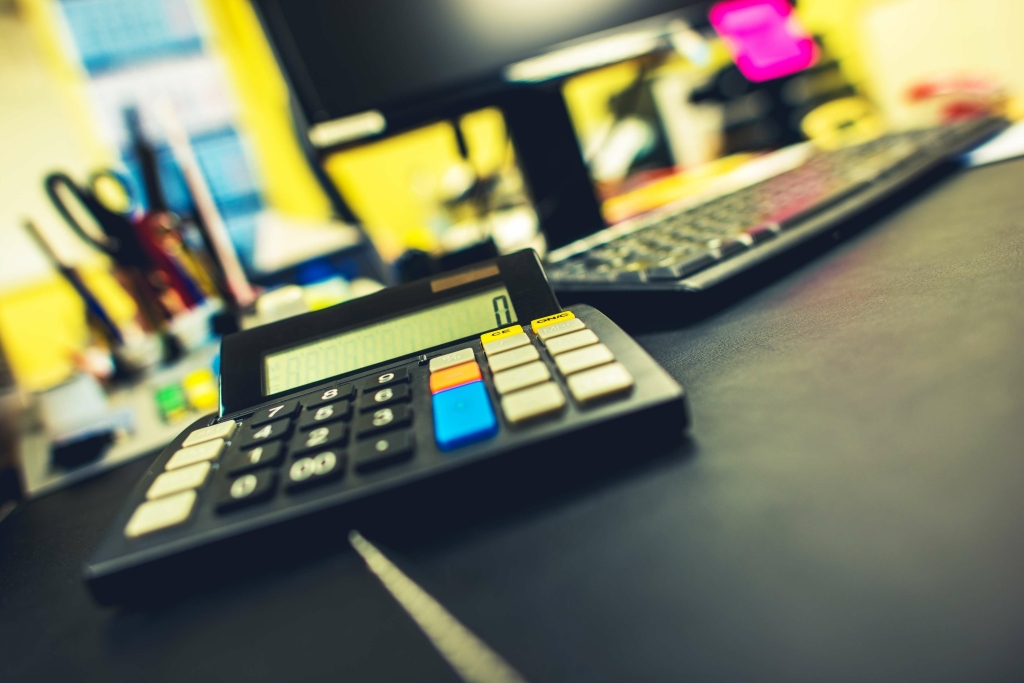Stock Dividend Journal Entry: What It Is and How to Record It
If so, the company would be more profitable and the shareholders would be rewarded with a higher stock price in the future. As the business does not have to pay a dividend, there is no liability until there is a dividend declared. As soon as the dividend has been declared, the liability needs to be recorded in the books of account as a dividend payable. This journal entry is made to eliminate the dividends payable that the company has made at the declaration date as well as to recognize the cash outflow that is not an expense. After your date or record, your liabilities will increase and your retained earnings will decrease.
Declaration and Liability Recording
In some states, corporations can declare preferred stock dividends only if they have retained earnings (income that has been retained in the business) at least equal to the dividend declared. Dividend payments also influence key financial ratios, such as the dividend payout ratio and the return on equity (ROE). The dividend payout ratio, which measures the proportion of earnings distributed as dividends, provides insights into the company’s earnings retention and distribution strategy. A high payout ratio might suggest limited reinvestment in growth opportunities, while a low ratio could indicate a focus on internal growth. Similarly, ROE, which measures the return generated on shareholders’ equity, can be affected by dividend payments. By reducing retained earnings, dividends can lower the equity base, potentially inflating the ROE.
- Upon the declaration of dividends by the board of directors, the company must make an entry in its journal to reflect the creation of a dividend payable liability.
- This entry is made at the time the dividend is declared by the company’s board of directors.
- The initial journal entry to record this liability involves debiting the Retained Earnings account and crediting the Dividends Payable account.
- In this journal entry, the balance of the retained earnings will reduce by the total amount of dividend declared as of the dividend declaration date.
This decision is strategic, as it balances the need to reward shareholders with the necessity to fund ongoing operations and future investments. The company can record the dividend declared with the journal entry of debiting the dividend declared account and crediting the dividend payable account. Such dividends—in full or in part—must be declared by the board of directors before paid.
Dividends Payable
- Well established companies often pay dividends to their stockholders on regular basis.
- Poorly recorded stock dividends can lead to restatements, audit delays, and regulatory scrutiny.
- This is balanced by a decrease in the retained earnings which in turn results in a decrease in the owners equity, as part of the retained earnings has now been distributed to them.
- Dividend payments also influence key financial ratios, such as the dividend payout ratio and the return on equity (ROE).
- Hence, the company needs to make a proper journal entry for the declared dividend on this date.
The accounting for cash dividends involves reducing the company’s cash balance and retained earnings. The initial declaration entry, as previously discussed, does not affect the cash balance immediately but does reduce retained earnings to reflect the pending payout. This transaction is straightforward and directly impacts the company’s liquidity, necessitating careful cash flow management to ensure that operational capabilities are not compromised.
Capitalizing Software Development Costs in Financial Reporting
GAAP, particularly guidance in ASC 845 regarding nonmonetary transactions, requires recognizing any gain or loss from this adjustment in the income statement. The dividend is then recorded based on this fair market value, ensuring the distribution reflects the current economic worth of the assets leaving the company. The comprehensive effect of dividend payments on financial statements is a testament to the company’s financial health and strategic direction. It provides stakeholders with essential information about the company’s profitability, liquidity, and long-term financial strategy. When a company decides to distribute dividends, the board of directors must first issue a formal declaration.
However, a high dividend payout ratio leads to low re-investment of profits in the business which could result in low capital growth for both the business and investor. A long term investor might be prepared to accept a lower dividend payout ratio in return for higher re-investment of profits and higher capital growth. A business in the process of growing may need the cash to fund expansion, and might be better served by retaining the profits and using the internally generated cash rather than borrowing.
For example, on December 14, 2020, the company ABC declares a cash dividend of $0.5 per share to its shareholders with the record date of December 31, 2020. Don’t worry, your balance sheet will still balance since puma, 333 newbury street boston there will be offsetting changes. Since accountants at Your Co. have already created the liability (Dividends Payable) and have not yet paid the cash dividend, no accounting financial statement is changed. If the corporation’s board of directors declared a cash dividend of $0.50 per common share on the $10 par value, the dividend amounts to $50,000. The next accounting event is the payment date, when the company distributes the dividend to shareholders on record. To record the payment of a dividend, you would need to debit the Dividends Payable account and credit the Cash account.
Impact of Dividend Payments on Financials
For example, the same company declares a 35% stock dividend on 1,000,000 shares outstanding, and each share has a $1 par value. This means that only $350,000 is transferred from retained earnings to common stock. In this journal entry, the balance of the retained earnings will reduce by the total amount of dividend declared as of the dividend declaration date. Likewise, this journal entry of dividend declared that the company record will increase total liabilities while decreasing total equity on the balance sheet. Suppose a business had declared a dividend on the dividend declaration date of 0.60 per share on 150,000 shares. The total dividend liability is now 90,000, and the journal to record the declaration of dividend and the dividend payable would be as follows.
The declaration of dividends is a signal to the market, often interpreted as a sign of a company’s strong financial health and future earnings prospects. This approach reflects the idea that small stock dividends are more like earnings distributions. This means that they are quite similar to cash dividends in economic effect but are paid in shares. This usually happens with companies that do not bother to keep a record of the dividend declared and paid. In some jurisdictions, tax credits or deductions are available to mitigate the impact of double taxation. For example, in Canada, the dividend tax credit allows individuals to reduce their tax liability on dividends received from Canadian corporations.
The amount transferred from retained earnings is based on the fair market value of the additional shares issued. This process increases the total number of shares outstanding, which can dilute the value of each share but does not affect the overall equity of the company. Stock dividends are often used to reward shareholders how much do small businesses pay in taxes without depleting cash reserves, and they require careful accounting to ensure that equity accounts are accurately updated. When a company declares a cash dividend, it commits to paying a specific amount of money to its shareholders. The accounting process begins with the declaration, where the company debits Retained Earnings and credits Dividends Payable.
Stock dividends dilute the ownership percentage but do not change the total value of equity held by each shareholder. They are often used when companies wish to reward shareholders without reducing cash reserves. Stock dividends involve distributing additional shares of the company’s stock to existing shareholders. Unlike cash dividends, stock dividends do not impact the company’s cash balance. When a stock dividend is declared, the company debits Retained Earnings and credits Common Stock and Additional Paid-In Capital accounts.
Stock dividends, on the other hand, involve the distribution of additional shares to existing shareholders in proportion to the shares they already own. This type of dividend does not result in a cash outflow but does affect the components of shareholders’ equity. When a stock dividend is declared, the retained earnings account is debited for the fair value of the additional shares to be issued. Upon distribution, the common stock dividend distributable account is debited, and the common stock account is credited, how to calculate lifo and fifo reflecting the issuance of new shares.
Journal Entries for Withholding Tax
The company usually needs to have adequate cash and sufficient retained earnings to payout the cash dividend. This is due to, in many jurisdictions, paying out the cash dividend from the company’s common stock is usually not allowed. And of course, dividends needed to be declared first before it can be distributed or paid out.
Upon the declaration of dividends by the board of directors, the company must make an entry in its journal to reflect the creation of a dividend payable liability. This entry involves debiting the retained earnings account and crediting the dividends payable account. Retained earnings are the cumulative net income less any dividends paid to shareholders over the life of the company. The debit to retained earnings represents the reduction in the company’s earnings as a result of the dividend declaration. The corresponding credit to dividends payable signifies the company’s obligation to pay the declared dividends to its shareholders.
The investors in the business understand that they might not receive dividends for a long period of time, but will have invested in the hope that the value of their shares will rise in the future. Well established companies often pay dividends to their stockholders on regular basis. However, students should keep in mind that no liability arises in a period unless and until the board of directors actually authorizes and declares the dividends in that period.
They do not decrease total assets or total equity but reclassify amounts within equity. For small stock dividends, the fair market value of issued shares moves from retained earnings to contributed capital accounts (Common Stock and Additional Paid-in Capital), per ASC 505. For large stock dividends, typically only the par value moves from retained earnings to Common Stock. In both cases, retained earnings decrease, but contributed capital increases by an equal amount, leaving total shareholders’ equity unchanged. This reflects the capitalization of earnings rather than a distribution of assets outside the company.
One is on the declaration date of the dividend and another is on the payment date. As a result of above journal entry, the cash balance reduces by the amount of dividend paid to stockholders and the dividend payable liability extinguishes. The company makes journal entry on this date to eliminate the dividend payable and reduce the cash in the amount of dividends declared.







